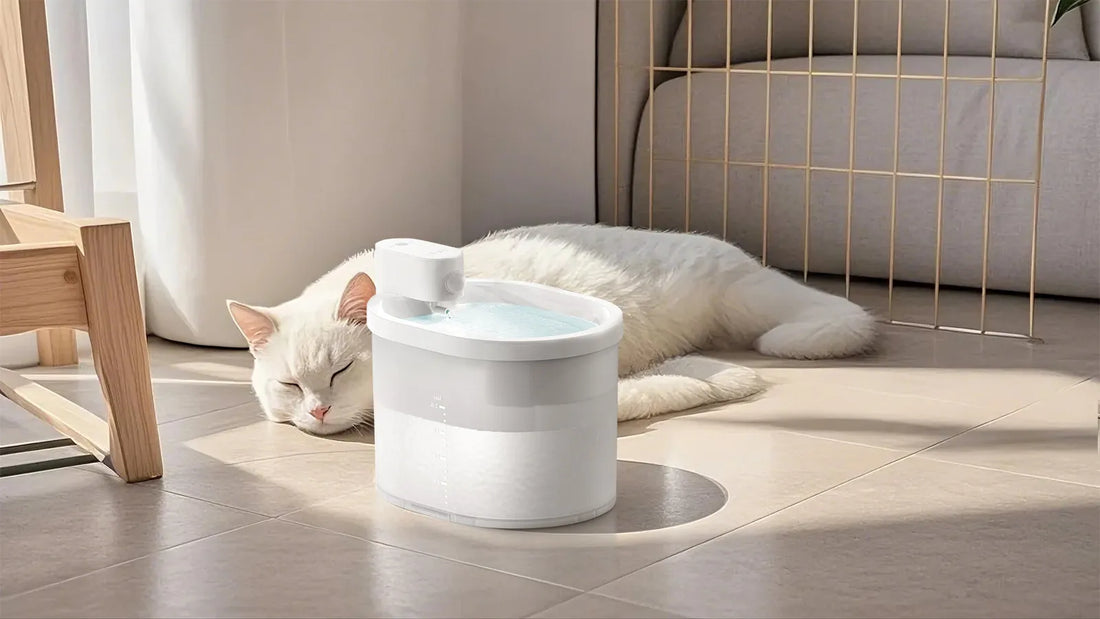Getting your cat on a feeding schedule might seem like a daunting task, but it’s one of the best things you can do for their health and well-being. Cats thrive on routine, and a consistent feeding schedule can help prevent overeating, obesity, and other health issues. Whether you’re a new cat owner or looking to improve your feline friend’s habits, this guide will walk you through the steps to create a feeding schedule that works for both you and your cat.
Why a Feeding Schedule is Important for Cats
Cats are creatures of habit, and they feel most secure when their daily routines are predictable. A feeding schedule not only helps regulate their appetite but also prevents them from overeating or becoming too hungry. Free-feeding, where food is left out all day, can lead to weight gain and other health problems. By establishing a feeding schedule, you can monitor your cat’s food intake and ensure they’re getting the right amount of nutrition.
Understanding Your Cat’s Nutritional Needs
Before setting a feeding schedule, it’s essential to understand your cat’s nutritional requirements. Cats are obligate carnivores, meaning they need a diet rich in animal protein. The amount of food your cat needs depends on their age, weight, activity level, and overall health. Consult your veterinarian to determine the appropriate portion size and type of food for your cat.
Steps to Create a Feeding Schedule
1. Choose the Right Number of Meals
Most cats do well with two to three meals per day. Kittens, however, require more frequent feedings—up to four times a day—because they have higher energy needs. Adult cats can thrive on two meals, while senior cats may need adjustments based on their health.
2. Set Consistent Meal Times
Consistency is key when it comes to feeding schedules. Choose specific times for meals and stick to them every day. Cats quickly learn to anticipate their meals, so maintaining a routine will help them feel secure.
3. Measure Portions Carefully
Overfeeding is a common issue among cat owners. Use a measuring cup or kitchen scale to ensure you’re giving your cat the correct portion size. Avoid leaving food out for extended periods, as this can lead to overeating.
4. Monitor Your Cat’s Behavior
Pay attention to how your cat responds to the new schedule. If they seem hungry between meals, you may need to adjust the portion size or frequency. On the other hand, if they’re leaving food behind, you might be giving them too much.
Tips for Transitioning to a Feeding Schedule
1. Gradual Changes
If your cat is used to free-feeding, transitioning to a schedule may take time. Start by reducing the amount of food left out and gradually introduce set meal times. This will help your cat adjust without feeling deprived.
2. Use Positive Reinforcement
Reward your cat with praise or a small treat when they eat at the designated times. This will help them associate the new schedule with positive experiences.
3. Be Patient
Changing your cat’s feeding habits won’t happen overnight. Be patient and consistent, and your cat will eventually adapt to the new routine.
Common Challenges and Solutions
1. Begging for Food
If your cat starts begging for food between meals, resist the urge to give in. Stick to the schedule and provide distractions like toys or playtime to keep them occupied.
2. Picky Eaters
Some cats can be picky about their food. If your cat refuses to eat at the scheduled times, try offering a variety of textures and flavors to find what they prefer.
3. Multi-Cat Households
In households with multiple cats, feeding schedules can be tricky. Consider feeding cats in separate areas to prevent competition and ensure each cat gets their fair share.
Benefits of a Feeding Schedule
A well-established feeding schedule offers numerous benefits for both you and your cat. It helps maintain a healthy weight, prevents overeating, and reduces the risk of obesity-related health issues. Additionally, it allows you to monitor your cat’s appetite and detect any changes that could indicate health problems. A feeding schedule also strengthens the bond between you and your cat, as they learn to trust and rely on you for their meals.
Getting your cat on a feeding schedule is a simple yet effective way to improve their quality of life. By understanding their needs, creating a consistent routine, and addressing challenges along the way, you can ensure your cat stays healthy and happy. Start today, and you’ll soon see the positive impact a feeding schedule can have on your feline friend.

![[🎃Halloween Sale]UAHPET Stainless Steel Self-Cleaning Cat Litter Box](http://www.uahpet.com/cdn/shop/files/1-cat-litter-box.jpg?v=1761890851&width=1600)












